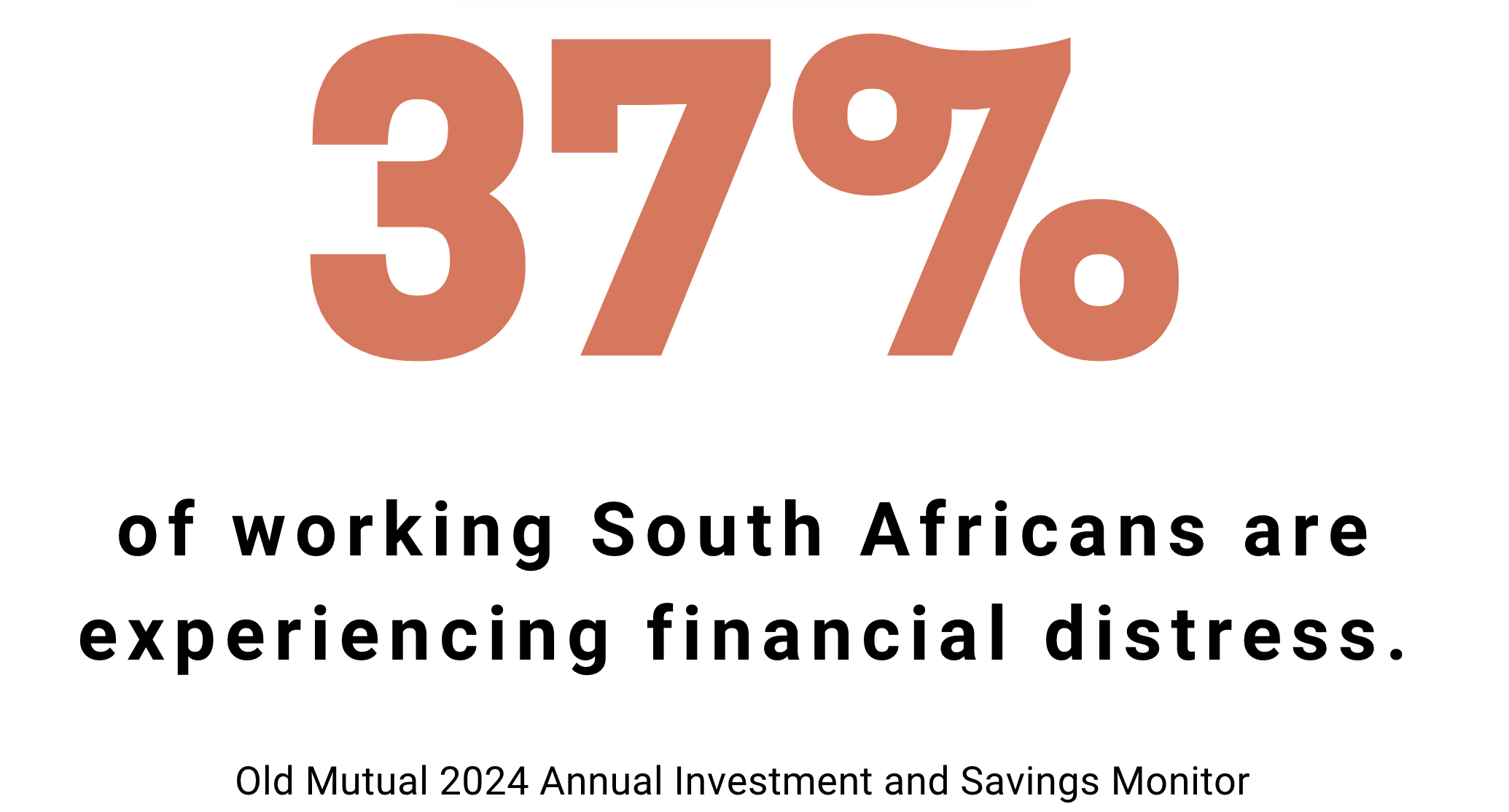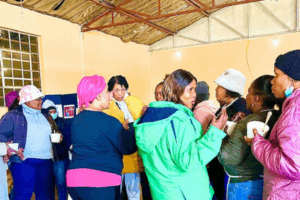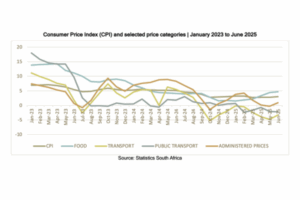The 2024 Retirement Fund Reforms, which took effect on September 1st, have changed how retirement savings are managed in South Africa. These reforms will impact over 6 million workers – about 38% of the workforce -who contribute to retirement funds. Our goal is to help worker representatives understand these new rules so they can effectively explain them to workers. This article attempts to simplify relatively complex changes.
Understanding retirement funds
Retirement funds provide income after you retire, bridging the gap between the end of employment and death. Typically, people contribute to these funds until they reach 60 or 65, relying on the accumulated savings to generate a monthly income during retirement. It’s crucial to understand the different types of retirement funds, as they have various rules concerning contributions, withdrawals, and taxes:
Preservation funds: Allow workers leaving their jobs to keep their retirement savings intact instead of cashing them out.
Retirement annuities: These are retirement savings vehicles for those without a traditional employer-employee relationship, such as freelancers or independent contractors.
Provident and pension funds: Occupational funds requiring an employer-employee relationship, with both parties usually contributing.
Key changes introduced in 2024
The 2024 Retirement Fund Reforms have two primary objectives:
1. Short-term flexibility: To offer workers the option to tap into a portion of their retirement funds during financial crises, thereby steering clear of the exorbitant interest rates associated with loan sharks and similar lenders.
"Workers in financial distress often resign and cash out their entire retirement benefit to handle emergencies. With this new law, workers can access a small portion of their savings without needing to resign."
— Nceba Pupuma, Divisional Head of Corporate Consultants at Old Mutual.
2. Long-term preservation: To enhance retirement outcomes by preserving a larger portion of savings until retirement. Research shows that only about 6% of South Africans currently retire comfortably.
"Many people do not preserve their retirement savings when they change jobs. The new law aims to improve retirement outcomes by ensuring more savings are preserved through mandatory preservation."
— Nceba Pupuma
Three components, one fund
The reforms introduced a new “two-pot” system for managing retirement savings:
Retirement pot: Two-thirds of new contributions will go into this pot and be preserved until retirement.
Savings pot: One-third of new contributions will go into this pot, allowing one withdrawal annually in the event of a financial emergency.
For workers with existing retirement savings, the system effectively becomes a “three-pot” system:
1. Vested pot: This includes retirement savings accumulated before September 2024, governed by the previous pension laws.
2. Retirement pot: Receives two-thirds of all new contributions, preserved until retirement.
3. Savings pot: Receives one-third of all new contributions and allows for annual withdrawals.
Access and restrictions
Workers should realistically expect access to funds from October, due to necessary administrative and system adjustments.
If you were a provident fund member aged 55 as of March 2021 when a significant change was implemented, the new two-pot system does not apply to you automatically. Instead, workers now aged 58 and older have until August 2025 to decide whether to switch to the two-pot system.
Savings pot:
- Allows for one withdrawal per year, with a minimum amount of R2,000.
- Withdrawals will be taxed at the marginal rate, and administrative fees will apply.
- If a worker owes money to the South African Revenue Service (SARS), it will be deducted from the withdrawal amount.
Retirement pot:
- Mandatory preservation until retirement, with two-thirds of monthly contributions allocated to it from September.
- Whether you resign, are dismissed, or are retrenched, you cannot access this pot. Discussions are ongoing about allowing access in retrenchment cases, but no changes have been made.
- Accessed at retirement to purchase a monthly pension, with no lump sum withdrawals allowed.
Vested pot:
- Savings accumulated before September 2024 will remain accessible under the old pension law. This means workers can still access it if they resign, are dismissed, or are retrenched.
- No new contributions will be added to the vested pot after September 1st; it will grow with fund interest until retirement or until a person leaves the fund.
Impact of the two-pot system on overall savings
The restructuring into the two-pot system does not undermine your overall retirement savings. Although the system creates two pots within one fund, the total amount in your retirement fund remains intact. All three components – vested, savings, and retirement – continue to earn investment growth until retirement.
However, withdrawing from the savings pot comes with costs. By taking money out, you forfeit potential compound interest that could have accrued. Workers should carefully consider their financial decisions, consult a financial advisor, and possibly make additional voluntary contributions to offset potential losses from early withdrawals.
"Accessing funds early means borrowing from future growth. At retirement, you must use the retirement pot to buy a monthly pension, and the savings pot will provide a lump sum." — Nceba Pupuma.
— Nceba Pupuma
Resource: Old Mutual Savings Pot Calculator tells you how much you could get by simply entering your pension, provident fund or retirement annuity value and your monthly salary.
Possible disappointments and considerations for workers seeking to withdraw funds
- If there isn’t enough in the fund by September 1, you may not meet the R2,000 minimum withdrawal requirement.
- Amounts owed to SARS will be deducted at the marginal tax rate. The principle of the marginal tax rate is that the more you earn, the more tax you pay.
- Administrative fees can significantly reduce the net amount available, particularly for smaller withdrawals. The fees range from R300 to R600 or a percentage of the withdrawal amount. If a worker is withdrawing R2,000, a fee of R600 could feel like a significant burden. This will likely be a point of contention for trade unions.
- Tax bracket implications: A worker could end up in a higher tax bracket as their withdrawal counts as extra income. Workers, especially those nearing tax bracket thresholds, must consider the potential tax impact before withdrawing from the savings pot.
Workers who were 55 years or older in March 2021 have a transitional period until August 2025 to decide whether to switch to the two-pot system.
Electing the two-pot system
Provident fund members 55 or older in March 2021 may receive their full benefits in cash upon retirement. To join the two-pot system you must notify your employer or retirement fund within the designated year. If no action is taken, you will remain outside the new system permanently. Many funds are reaching out to eligible workers via electronic methods, allowing members to opt in or out with a click. Other funds require a physical form submitted to human resources.
Navigating the savings pot claims processes
The process can vary depending on the fund. Some funds allow workers to submit claims directly through digital platforms, where everything from applications to verifications and payments is online. In these cases, the communication is managed entirely through the digital system.
Other funds might still use paper claim forms, which can be submitted either directly to the fund’s administrator or through the employer. Each fund should communicate its specific process to workers.
Trade unions could help facilitate the claims process and ensure workers are well-informed. For example, worker representatives can support especially workers who find online procedures challenging.

Using the savings pot effectively
An Old Mutual survey of workers across various salary bands found that the overwhelming majority would use their savings pot to settle high-interest debt or cover urgent needs like school fees or home repairs.
37% of working South Africans are in financial distress for various reasons, according to Old Mutual’s annual Investment and Savings Monitor. Given the pressure on households, many funds don’t specify what qualifies as an emergency for withdrawal. Consulting with a financial advisor is crucial to understanding the options and the long-term impact of decisions.
However, not every worker has easy access to a financial advisor, particularly those in lower roles or remote locations. Trade unions can engage with employers to ensure financial advisors are available to workers claiming from the savings pot. In 2018, regulations were updated to mandate retirement benefit counsellors for all funds. The counsellors explain benefits to new members, guide those leaving the fund, and they should also advise workers on saving pot withdrawals.
Extracted from Episode 2 of LRS ‘A Labour of Love Podcast‘,
Episode title: The Two-Pot System: Understanding South African Retirement Fund Reforms
Host: Trenton Eslely, Executive Director of LRS.
Guest: Nceba Pupuma, Divisional Head of Corporate Consultants at Old Mutual.
Watch on YouTube:
______________________
Episode 1
Power and Politics: Navigating South Africa’s Electoral Landscape
Guest: Zwelethu Jolobe, Associate Professor of Political Science at the University of Cape Town.







